Guide to Exploring Lake Cushman: Hiking, Camping, & More!
In the southeast portion of the Olympic Peninsula, and just 2 hours from Seattle, is Lake Cushman – sitting at the base of the mountain range, with gorgeous hiking trails, parks, campsites, roadside waterfalls, and more!
There’s tons to do when you explore the area, and this guide will give you some ideas! We’ll talk about the best hiking trails near Lake Cushman, things to do nearby, where to go for paddle boarding and cliff jumping, and more.
Head’s up: some of these links are affiliate links, so I get a commission if you make a purchase (at no cost to you). But that’s great, because I was going to share anyway, and this helps me keep making free guides for you!
Pin this photo to save this guide to Exploring Lake Cushman for later!
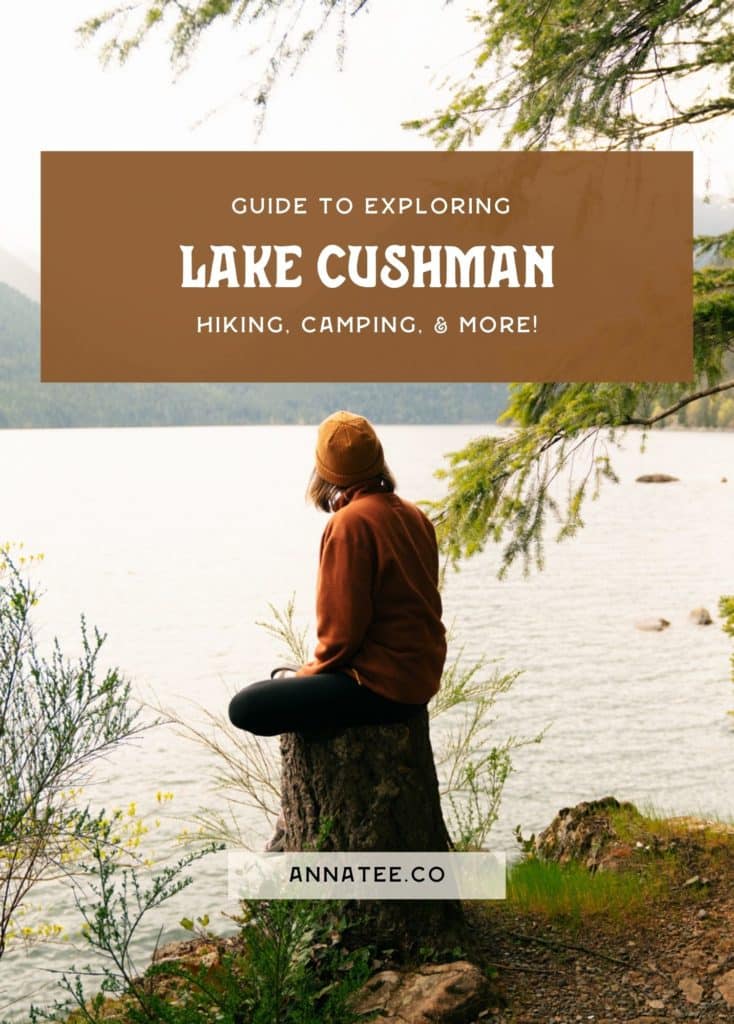
Directions to Lake Cushman
First, you’ll need to get there! Lake Cushman is easy to reach – if you’re starting in Seattle, you’ll head south on I-5, all the way down to Olympia. From there, you’ll get on Highway 101, which begins your trip up the Olympic Peninsula! When you get to the town of Hoodsport (your last chance to stock up on snacks and get gas!), you’ll turn off onto Lake Cushman Road. This road will go along the east shore of the lake, then turn left to take you along the north shore.
Along this road is where you’ll find all the best stops along Lake Cushman! The road is paved as you head along the east shore, but it turns to gravel when it’s time to turn left (this is when you’ll be on national forest land) – don’t worry though, you can drive this road in any car. There are some potholes, but it’s nothing too crazy!
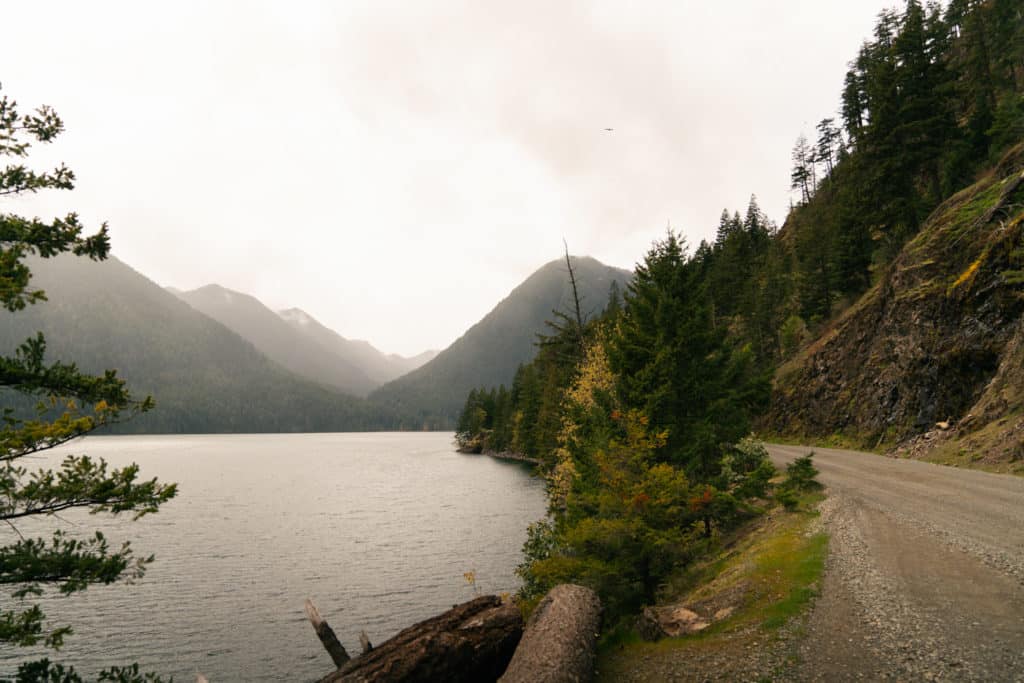
Do you Need a Pass?
Whether or not you need a pass to explore Lake Cushman depends on where you go! Many of the Lake Cushman hiking trails are located in Olympic National Forest, and require a Forest Pass to park there.
If you want to go into Olympic National Park (the Staircase area is right next to Lake Cushman), you’ll need a different pass. Entry into the national park is $30 per car, but if you visit national parks often (at least three times a year), an America the Beautiful Pass is a better option! This pass is annual, and gets you into every national park in the country for an entire year – for just $80. The best part is that it also works on national forest land, so if you get an America the Beautiful Pass, you don’t need a Forest Pass.
If you aren’t planning any hikes, and aren’t going into the national park, you most likely won’t need a pass – but check ahead of time to make sure!
Leave No trace at Lake Cushman
Anytime you’re outdoors, and especially in a popular place like Lake Cushman, it’s essential that you practice Leave No Trace (LNT). LNT is a set of seven principles that help us understand our impact on the outdoors – because while we usually have good intentions, the environment is more fragile than we think, and one snap-second decision can cause damage to the environment that will take the earth years, even decades to repair.
Leave No Trace means enjoying the outdoors without disrupting nature, as much as it’s possible to do so. Here are the 7 principles of LNT, and how they apply when you explore Lake Cushman! You can read more about each one in this guide to hiking 101.
- Plan ahead and prepare – read this guide, download offline maps (service is spotty), and make sure you have the right gear if you go hiking or camping.
- Travel and camp on durable surfaces – stay on the trails to avoid trampling grasses and plants!
- Dispose of waste properly – don’t leave trash, or anything else, behind. Pack it out!
- Leave what you find – I know it can be tempting to take a cool rock or leaf, but leave these things where they belong! Rocks prevent erosion, and animals often use things for shelter or food. If everyone takes something, Lake Cushman won’t be as pretty.
- Minimize campfire impacts – only make campfires when and where it’s allowed. Be safe, and put it out when you’re done!
- Respect wildlife – avoid feeding or approaching birds or any other animals you might see.
- Be considerate of other visitors – yield to uphill hikers, and be respectful – no speakers or loud music.
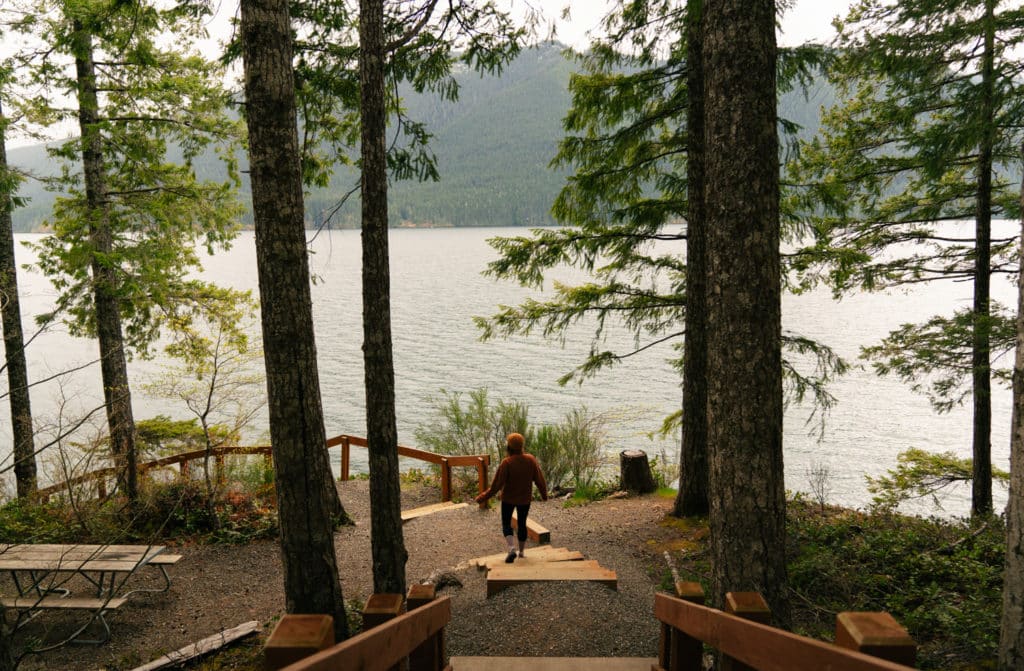
The Best Time to Visit Lake Cushman
The best time to visit Lake Cushman depends on what you want to do!
Summer is definitely the most popular time to go, but this means you’ll see a lot of people around. But, summer is the best time to visit if you want to hike in the mountains, cliff jump or swim in Lake Cushman, or go kayaking, boating, or paddle boarding!
My favorite times to visit Lake Cushman are spring and fall. Though you’ll need to be prepared for rain, it’s so much more quiet on the lake and on the surrounding hiking trails! Late spring and early fall are the best times to hike low elevation trails, and to camp near the lake.
Winter is cold and often snowy – you can visit Lake Cushman and go snowshoeing, but sometimes the roads close for inclement weather, so double check before you head out!

Where to Stay Near Lake Cushman
You can definitely explore Lake Cushman on a day trip, but you can also turn it into a little getaway and stay somewhere close by! Here are my favorite options for places to stay near Lake Cushman.
Glamping, Cabins, & Yurts
For a unique place to stay during your trip, check out Hipcamp! It’s like Airbnb for campsites – and you can find yurts, cabins, glamping sites, and more.
You can even get $10 off your first booking here!
A Camper van
With a camper van, you get a vehicle and a place to sleep, all in one! This is my favorite way to travel, and you can rent a fully decked out van with Escape Campervans. Another option is to use Outdoorsy, which is more like Airbnb – you can rent vans, RVs, and trailers from people who live nearby!
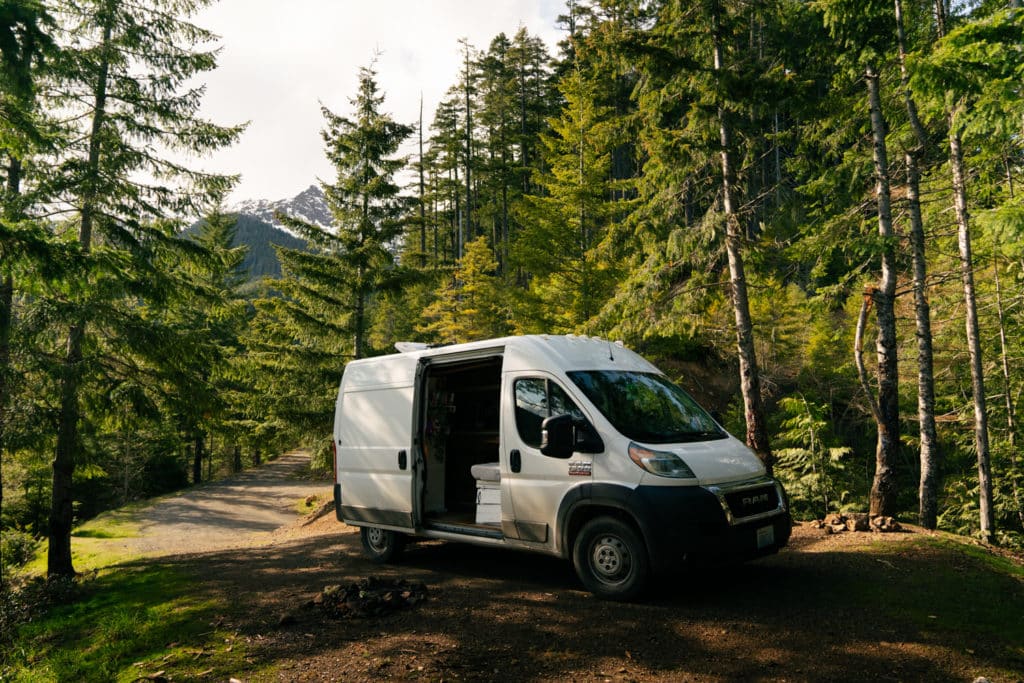
Find a Campsite
Whether you car camp, tent camp, or rent a tiny home on wheels, The Dyrt is the best way to find campsites! There are a few campgrounds right next to Lake Cushman, but you can find other spots nearby. Olympic National Forest is also adjacent to the lake – which means you can camp for free!
There are lots options for free camping near Lake Cushman – for tips on finding the best ones, check out this guide.
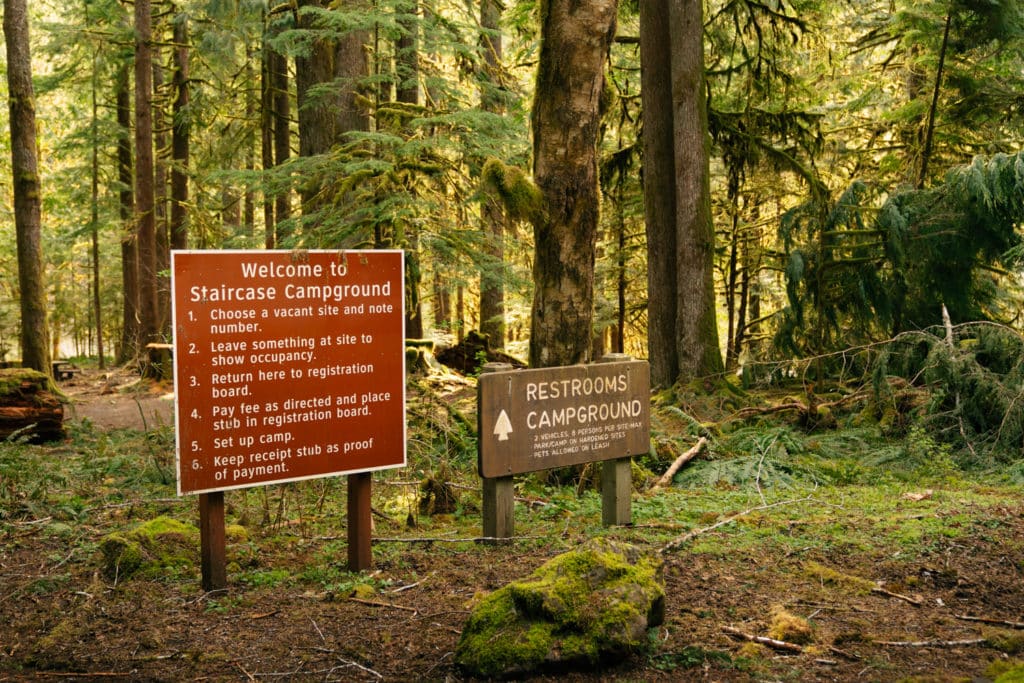
A Lakeside Cabin
There are lots of adorable rentals on the shore of Lake Cushman, and you can find cottages and cute cabins to stay in!
Things to Do at Lake Cushman
Here are some things you can do when you explore Lake Cushman! We’ll go into more detail, so if you want to skip to any of the sections, just click on it.
- Go hiking near Lake Cushman
- Visit Skokomish Park (formerly Lake Cushman State Park)
- Kayak or paddle board
- Cliff jump
This map will give you an overview of the best spots around Lake Cushman! The green hiker icons are hiking trails, the black houses are places to stay, and the red stars are interesting places to check out.
The Best Lake Cushman Hiking Trails
If you want to go hiking when you visit Lake Cushman, you have lots of trails to choose from! Here are a few of my favorite Lake Cushman hiking trails.
Staircase Rapids Loop Trail
The Staircase Rapids Loop Trail is a short, easy trail – but it’s gorgeous! You’ll go through old growth forests, walk along the rapids, and cross a few creeks. It’s located in Olympic National Park, super close to Lake Cushman.
Distance: 2.1 mile loop
Elevation Gain: 213 feet
Difficulty: easy

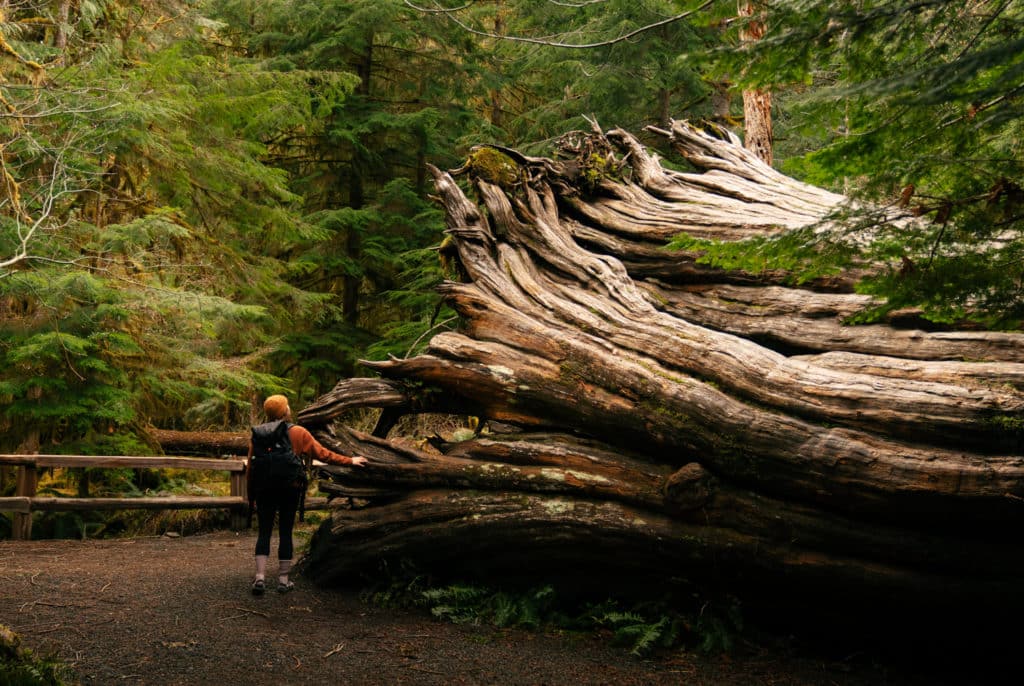
Mount Ellinor
Mount Ellinor is a pretty difficult one, and unless you have an ice axe and crampons, it’s best to do this one in the summer. The trail is steep, but you’ll be rewarded with incredible views of the ridge line at the summit – plus a mountain goat who tens to hang out at the top!
Distance: 3.1 miles round trip (7 miles if you start at the lower trailhead)
Elevation Gain: 2,342 feet (3,385 if you start at the lower trailhead)
Difficulty: hard
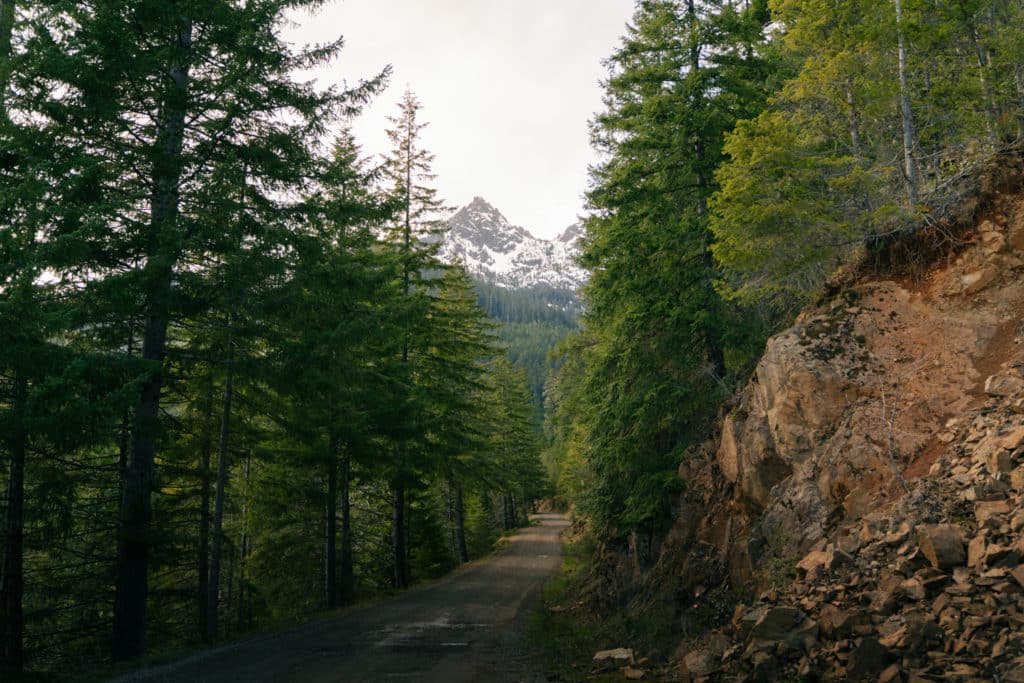
Lena Lake
The Lena Lake trail is a little north of Lake Cushman, but if you want lake views, this is a great place to go! It’s a great backpacking trail too, and though it’s on the longer side, it isn’t very steep.
Distance: 7 miles round trip
Elevation Gain: 1,630 feet
Difficulty: moderate

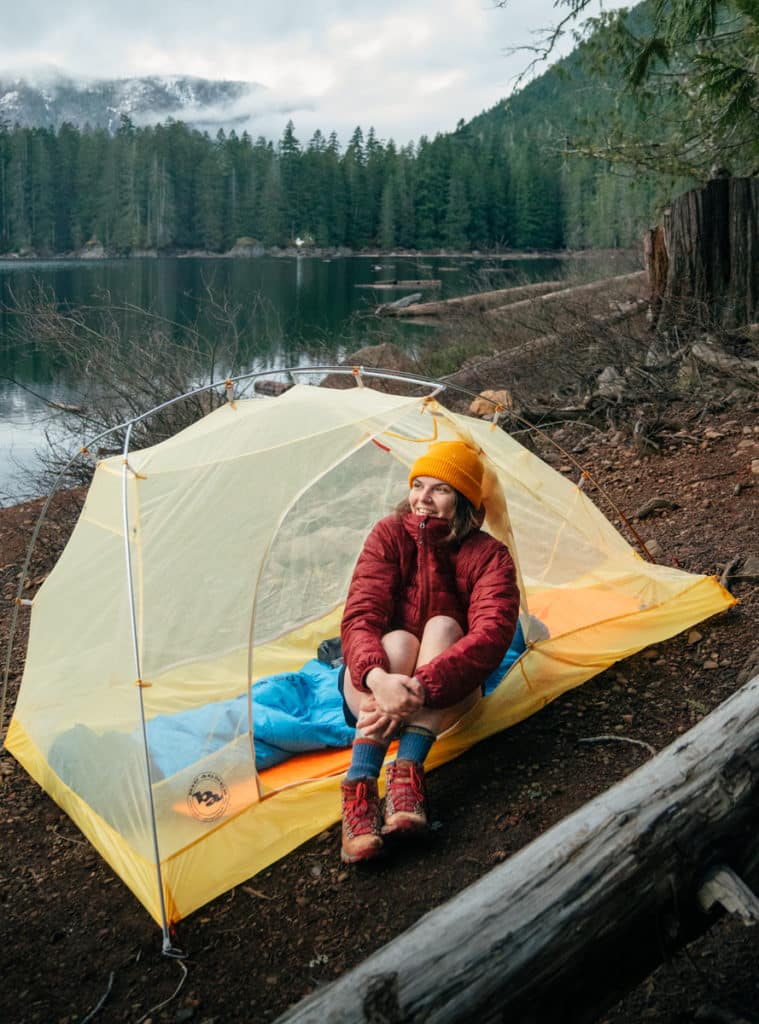
Visit Skokomish Park (Formerly Lake Cushman State Park)
Skokomish Park, which used to be called Lake Cushman State Park, is located on the east shore of the lake, and it’s an amazing place to stop and explore or have a picnic! There are campsites and RV sites with fire pits and bathrooms if you want to stay at an established campsite, and this is a great place to launch a boat, kayak, or paddle board. They even have rentals available!
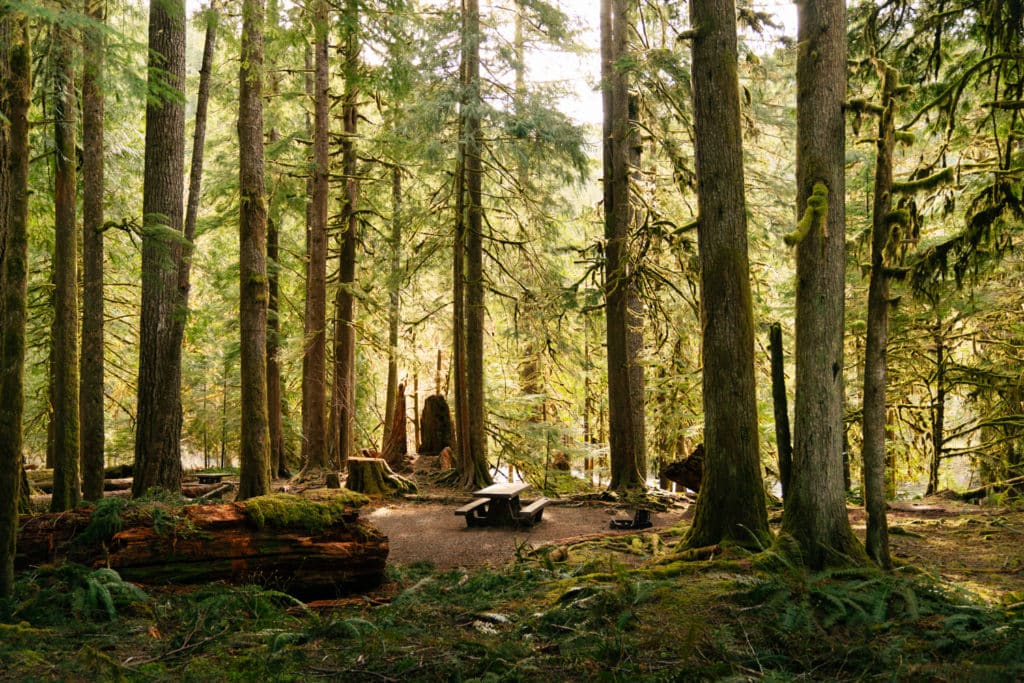
Go Kayaking or Paddle boarding
One of the best things to do at Lake Cushman is to get in the water. You can rent a paddle board or kayak at Skokomish Park, or you can bring your own. An inflatable paddle board is really convenient! The park is gorgeous, but if you do bring your own, I recommend going to the north shore of the lake instead – there are several places where you can go down to the water, along with picnic tables and roadside waterfalls.
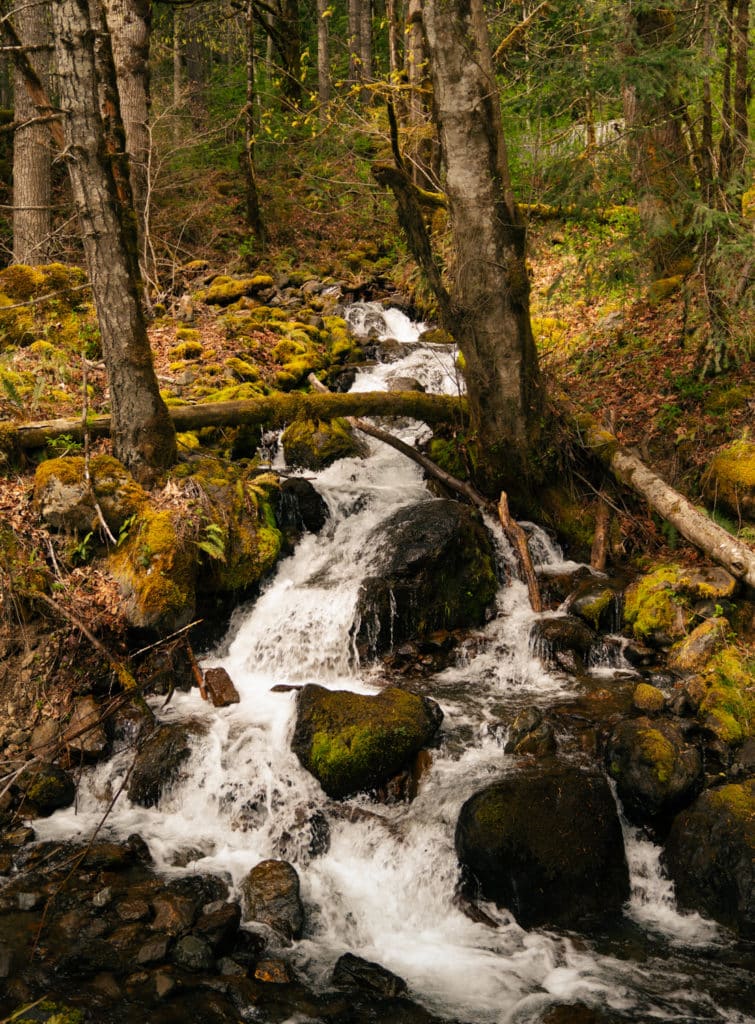

Cliff Jump at Lake Cushman
You can swim in Lake Cushman, or even cliff jump! There are several good spots around the lake, and most of them are under 20 feet, which makes an easy spot to jump. Of course, be safe – check out the water below to make sure there are no rocks, and only cliff jump with friends (it’s more fun that way, anyway).
The most popular place to cliff jump at Lake Cushman is “Lake Cushman Rock,” which is also referred to as “party rock.” This should give you an idea of how busy it can get, so I recommend only going on weeknights!
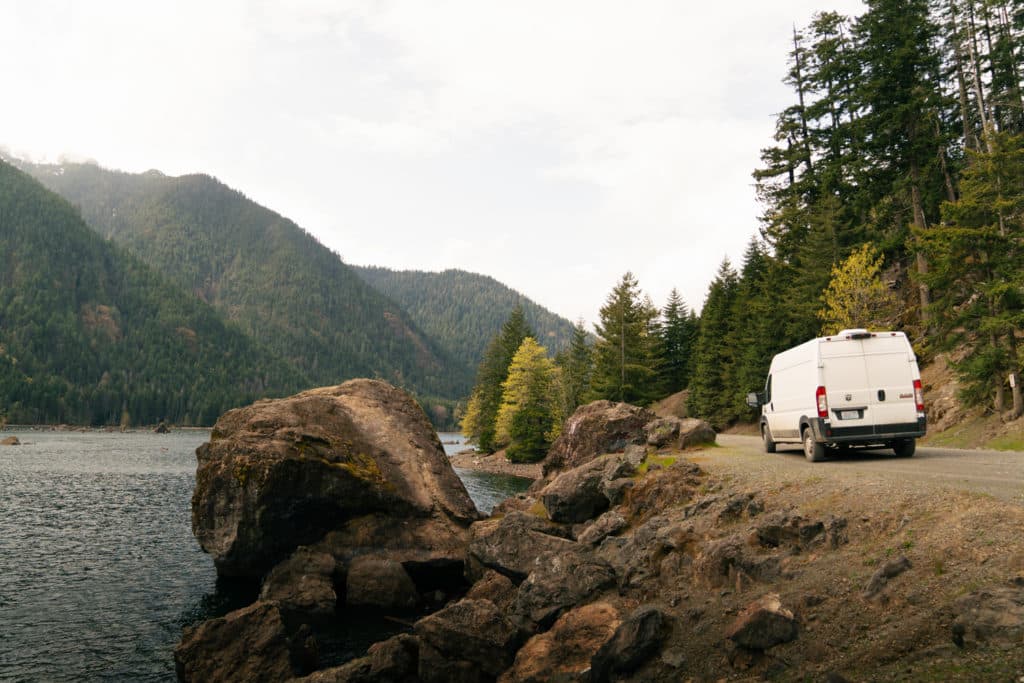
What to Bring to Lake Cushman
When you go to explore Lake Cushman, here’s what you need!
Inflatable Paddle Board or Kayak
I love being in the water, and my inflatable paddle board is one of the best purchases I’ve ever made! Bringing your own paddle board or kayak is a fun way to enjoy Lake Cushman. I also recommend getting an electric air pump – they have ones that can plug into your car, which is much easier than inflating with a manual pump!
Bonus Tip: A lot of these links are for my favorite place to buy outdoor gear – Backcountry. If you install the free Lolli extension on your browser, you can earn free Bitcoin when you shop online at certain retailers, including Backcountry. You can transfer it to a crypto wallet, or just cash out to your bank account.
Hiking Shoes
If you plan to go hiking at Lake Cushman, I recommend waterproof shoes. It rains often in Washington, and the trail gets muddy. Good traction, and being prepared for a rainy hike, is essential!
My favorite hiking boots are my Danner boots – they’re cute, comfortable, and waterproof! I also love hiking in my Chacos, and they’re are great for short trails or ones that are well maintained.
Rain boots are another great option for muddy or wet conditions, and are definitely the easiest to clean.
Layers
PNW weather is known for being unpredictable, and it’s always best to wear layers when exploring.
A rain jacket is always a good idea when hiking in Washington, and the Marmot Minimalist Jacket is a great lightweight, waterproof option. For the cold, I love my Columbia puffy jacket – it’s lightweight, but keeps me warm! For added warmth and layering, a Patagonia fleece is always a good addition.
Backpack
The hike isn’t too long, but a backpack is always a good idea to carry water and snacks.
When I’m bringing my camera gear, my favorite backpack is the Alex Strohl Mountain Light. It’s definitely the best camera bag out there for hiking with photo gear. If you don’t need storage for camera stuff, I recommend an Osprey Hikelite. If you aren’t hiking and just want a day bag, I love my Topo Designs Y-Pack for carrying everyday essentials!
Hydration!
Especially when you’re hiking or exploring outdoors, it’s important to stay hydrated! Single use water bottles are, of course, terrible for the environment, so avoid that and bring a reusable one!
For hiking, the CamelBak water reservoirs are convenient and easy – they can fit in your hiking backpack for water on the go. Nalgene water bottles are great for day to day, and if you want an insulated water bottle to keep your water cold and refreshing, Hydro Flasks are the best!
More to Explore Near Lake Cushman
Have you been to Lake Cushman, or have any recommendations for hiking trails or things to do? Let me know in a comment below!
For more adventures on the Olympic Peninsula, check out these posts:
Pin Any of These photo to save this guide to Exploring Lake Cushman for later!

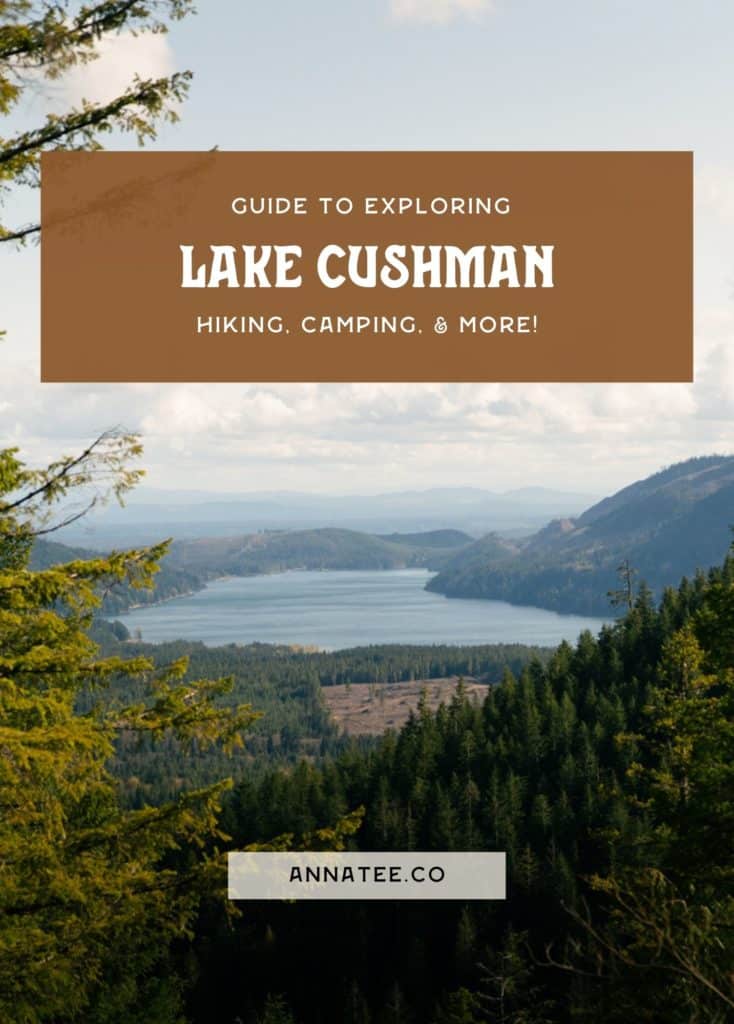


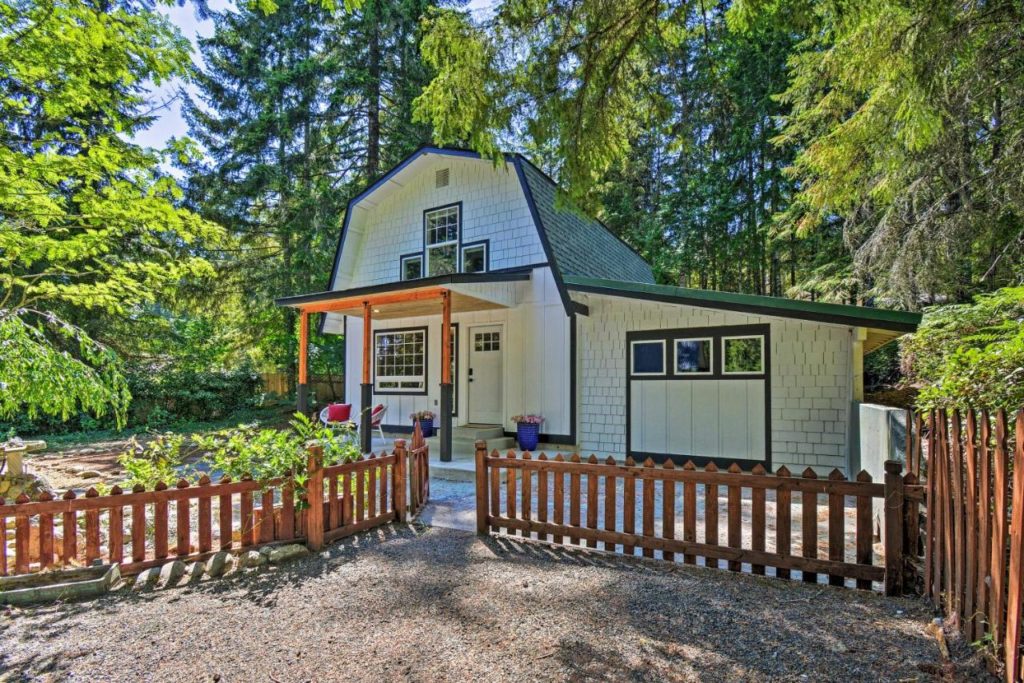

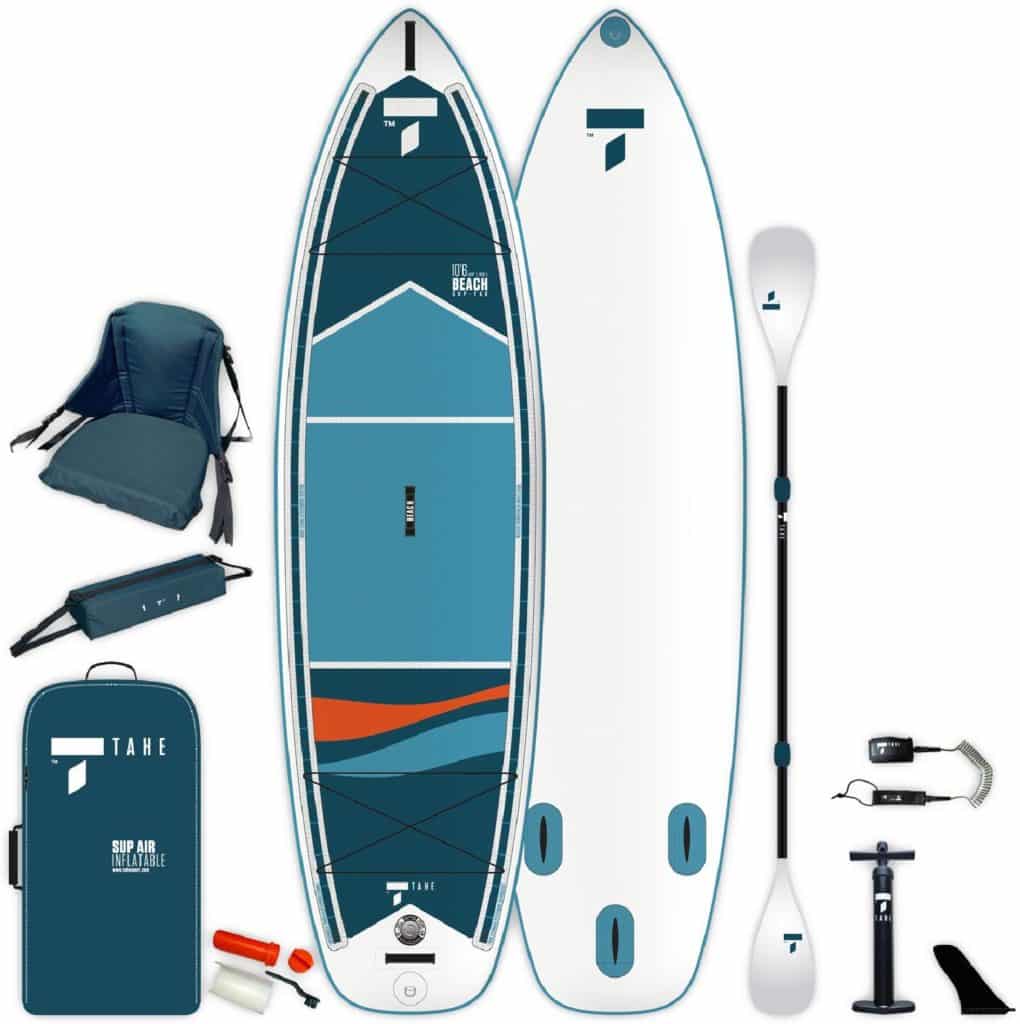




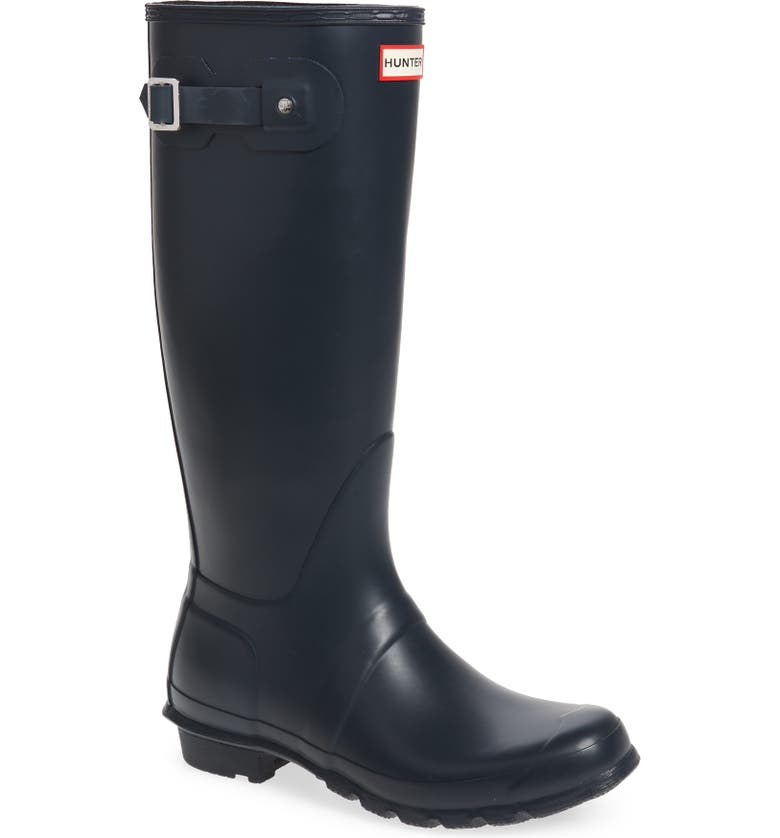

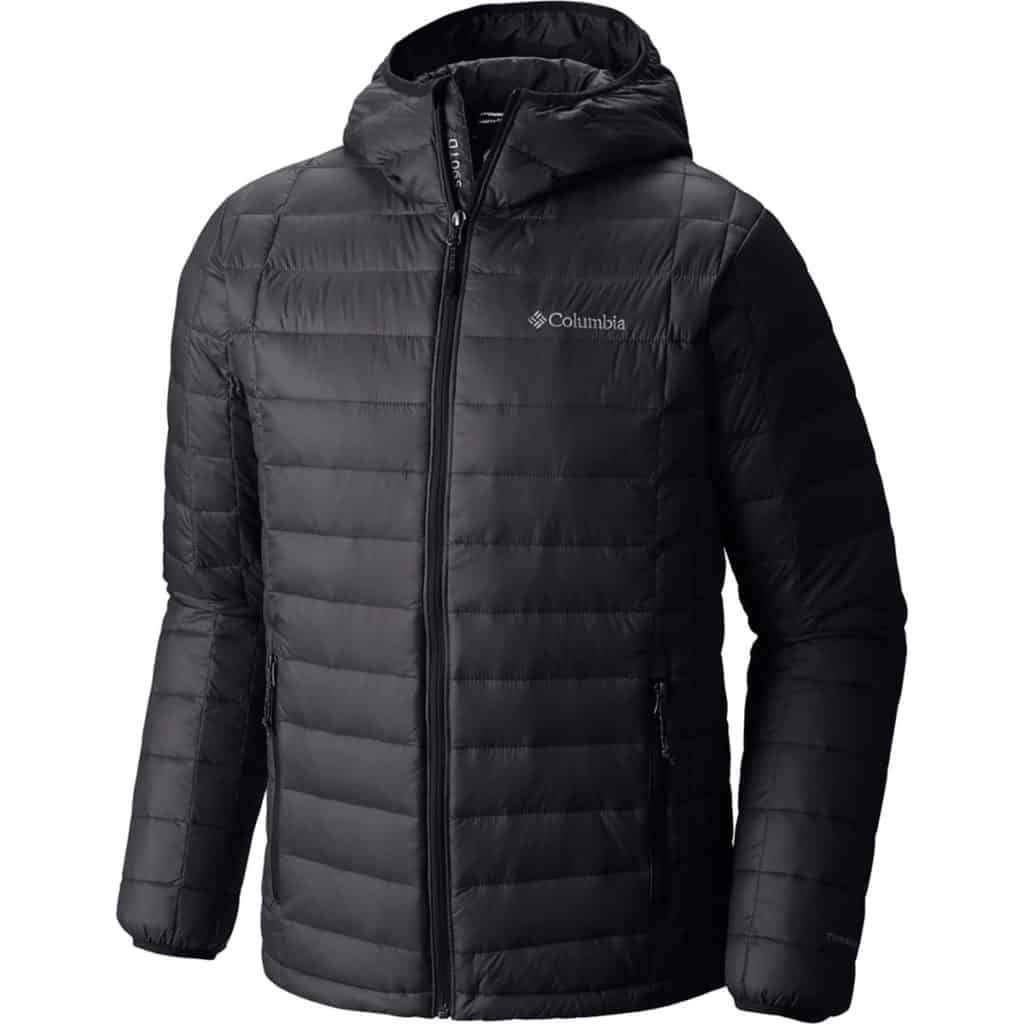
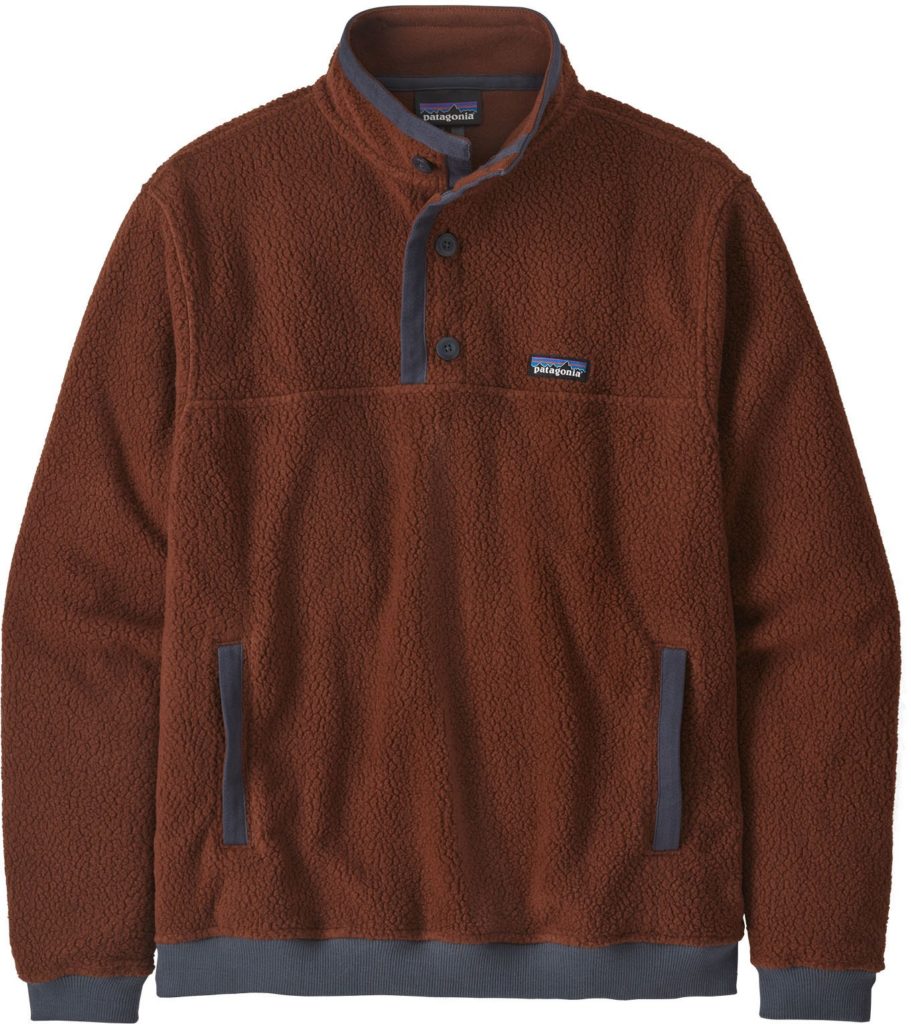
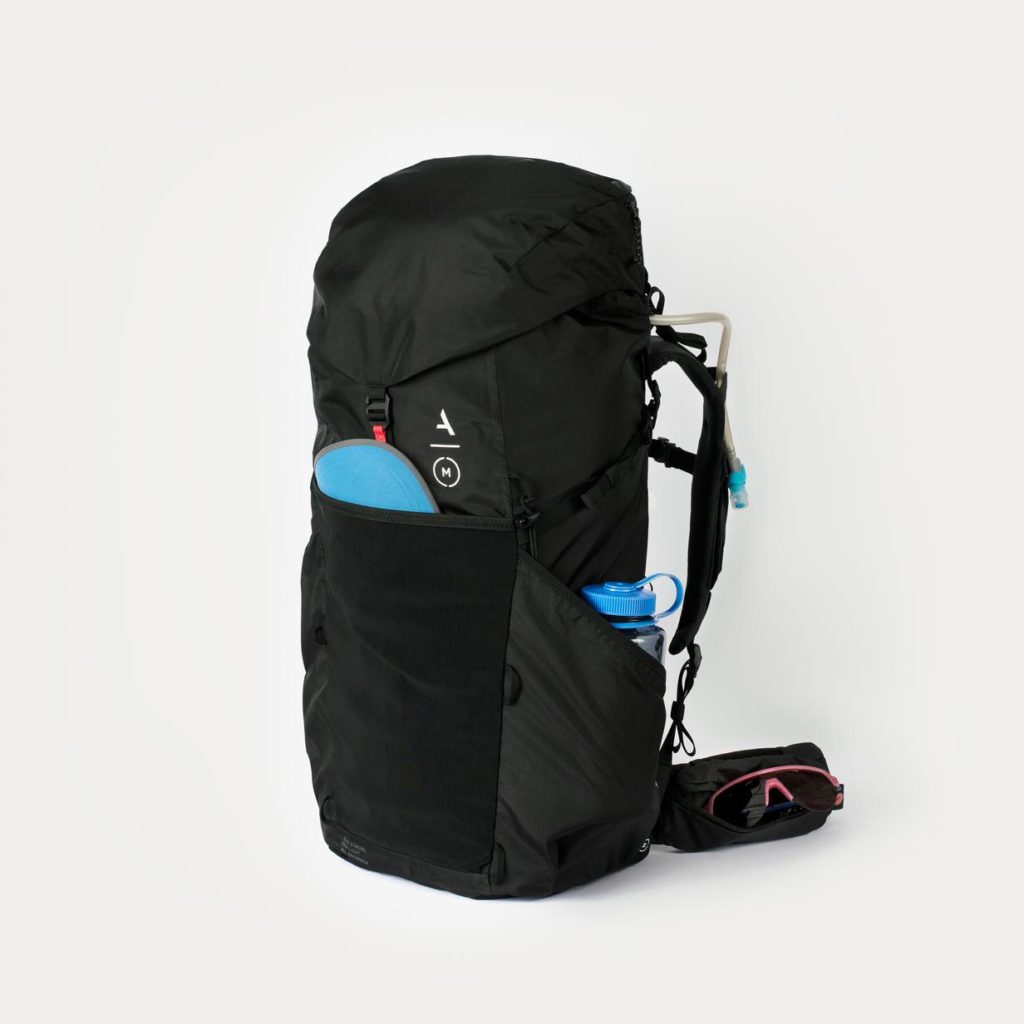
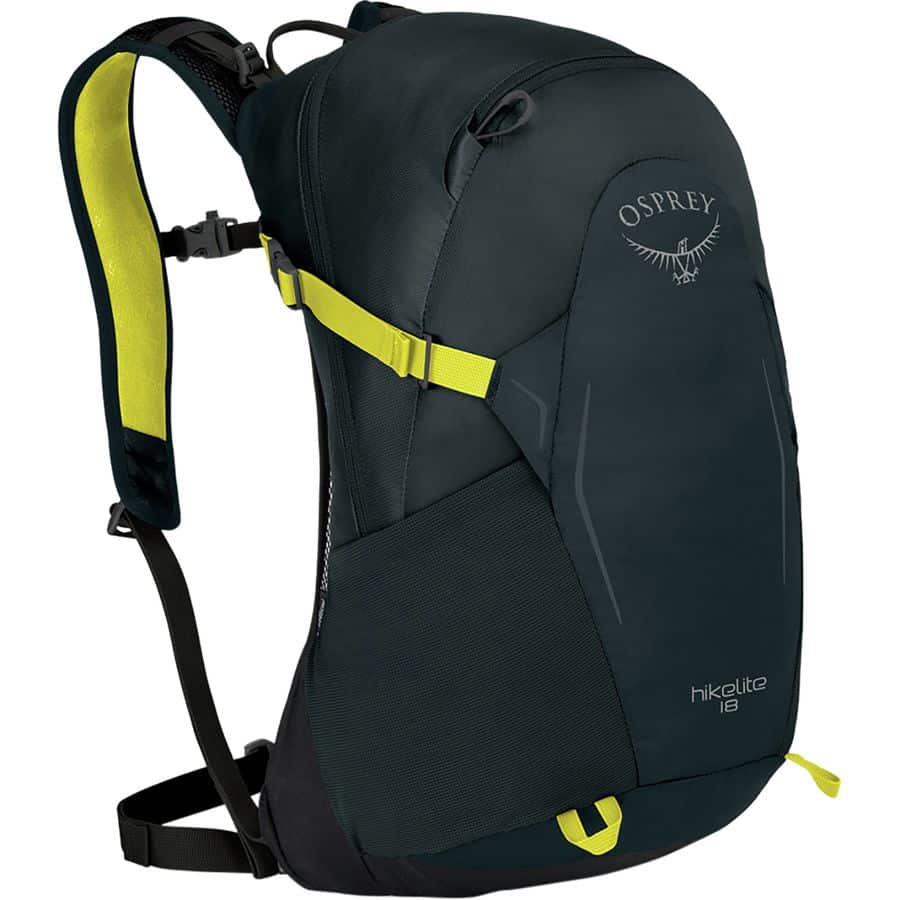

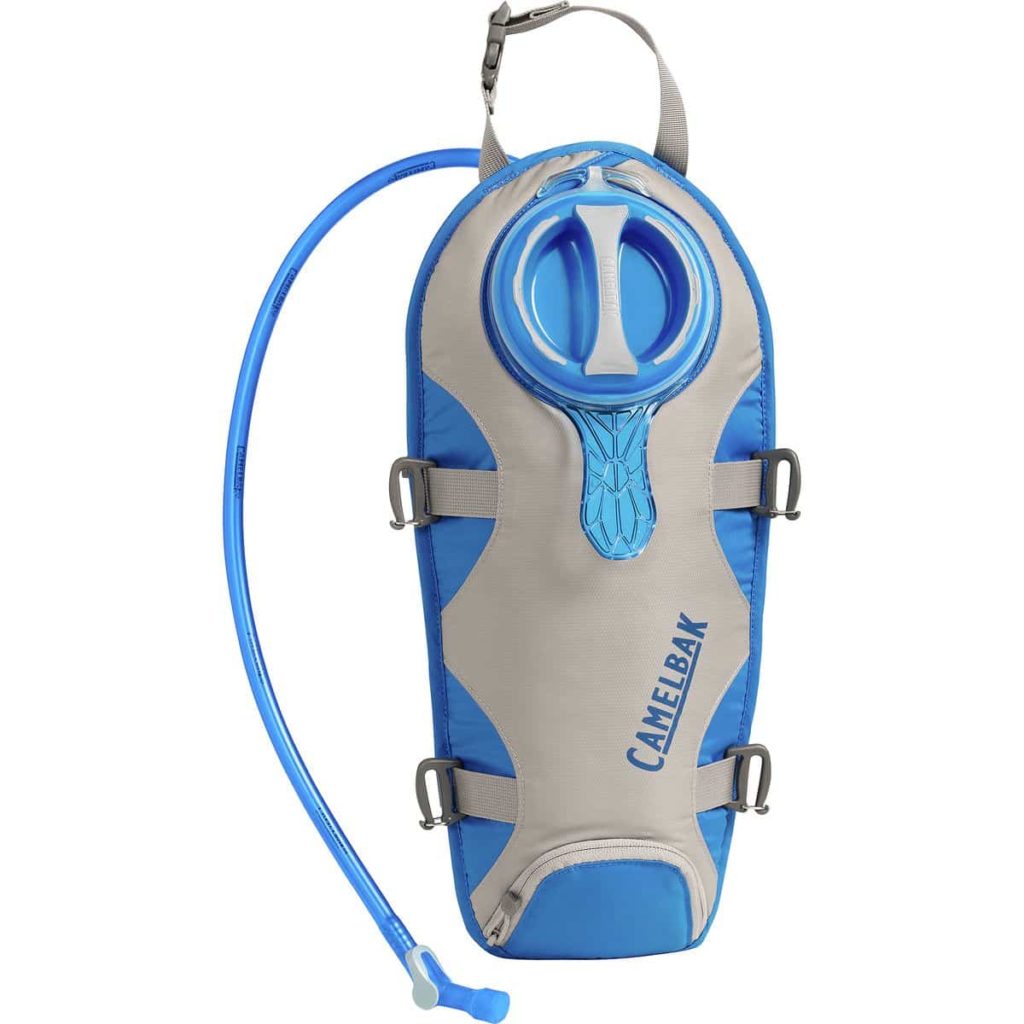
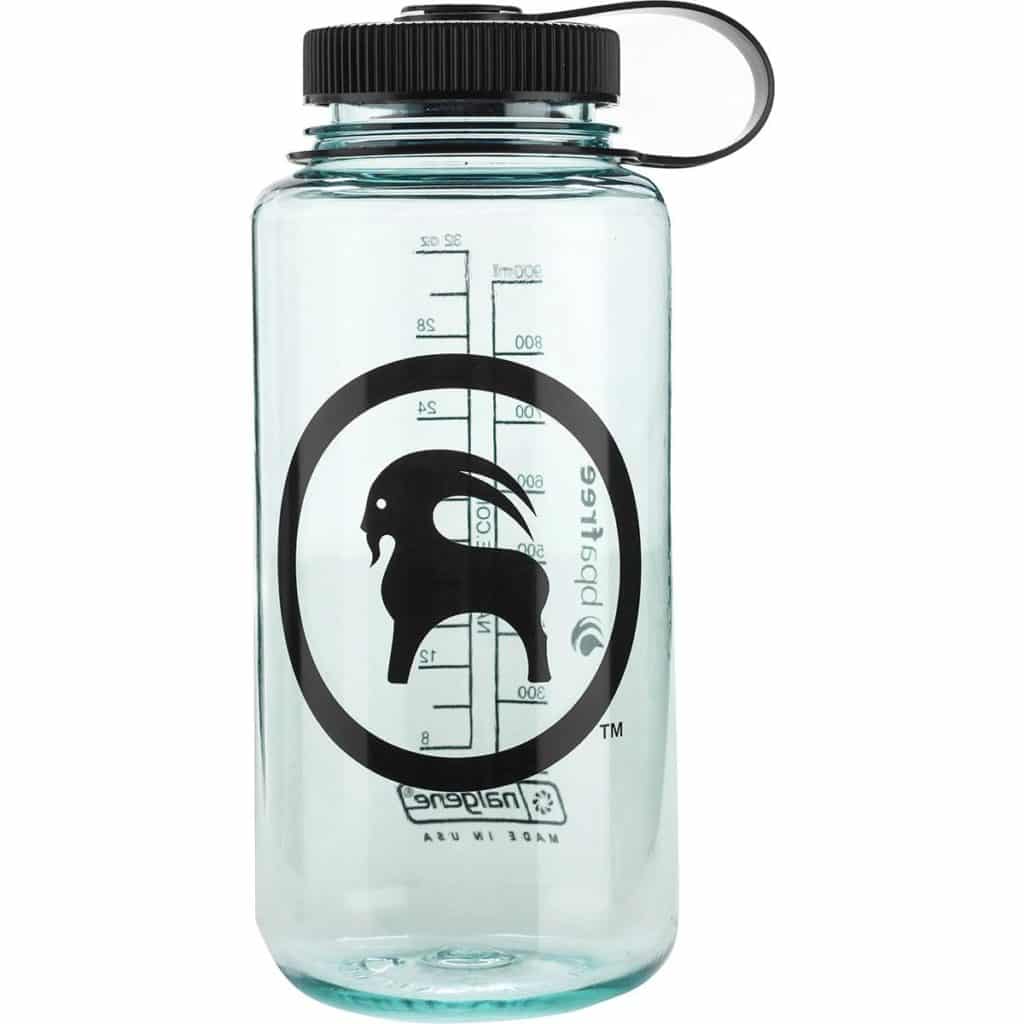
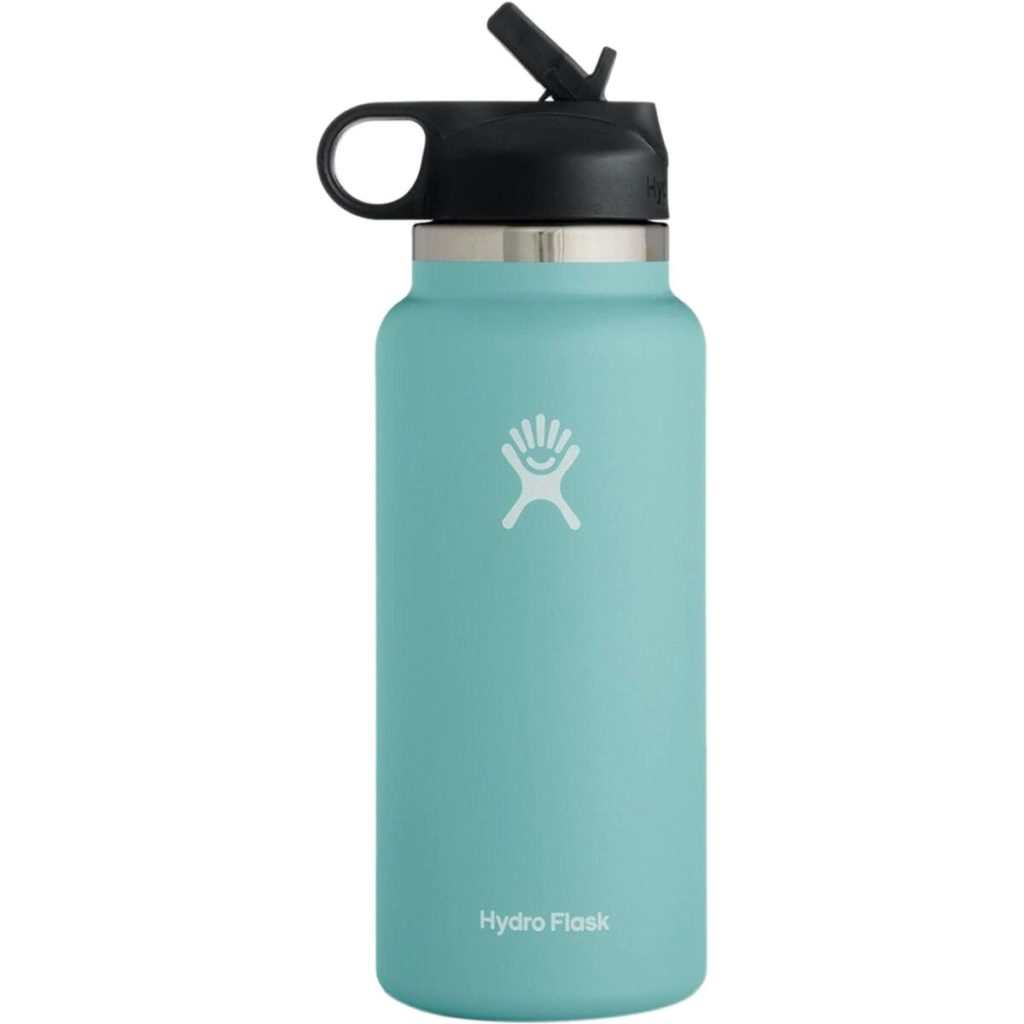
This is a great guide to exploring Lake Cushman! I’m looking forward to hiking and camping there this summer.
Yay, have fun!!